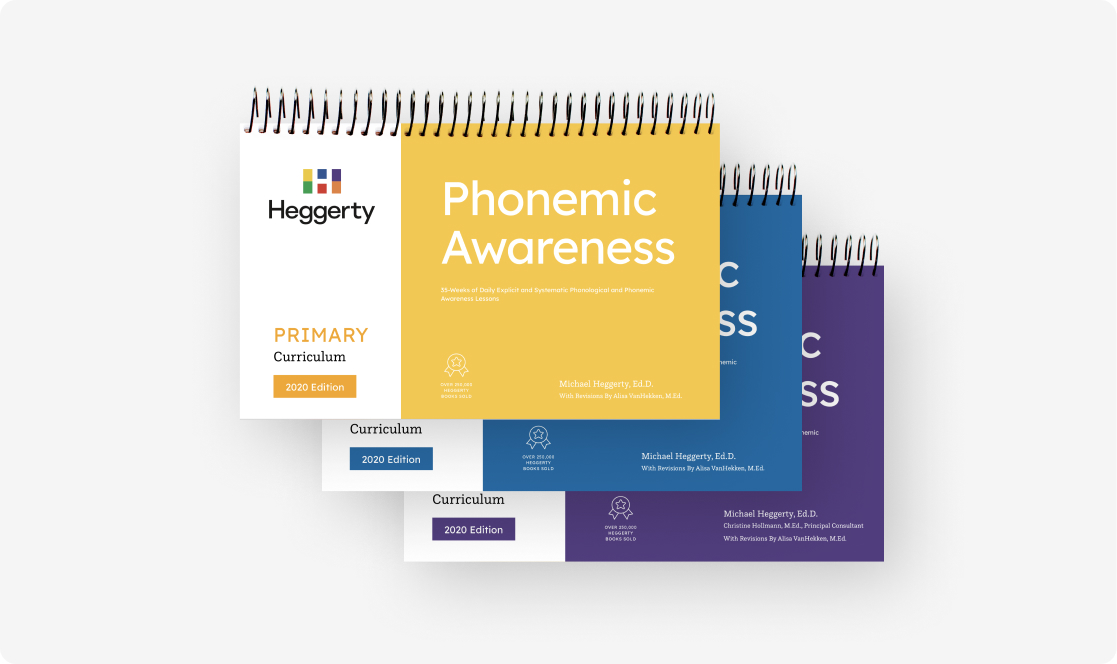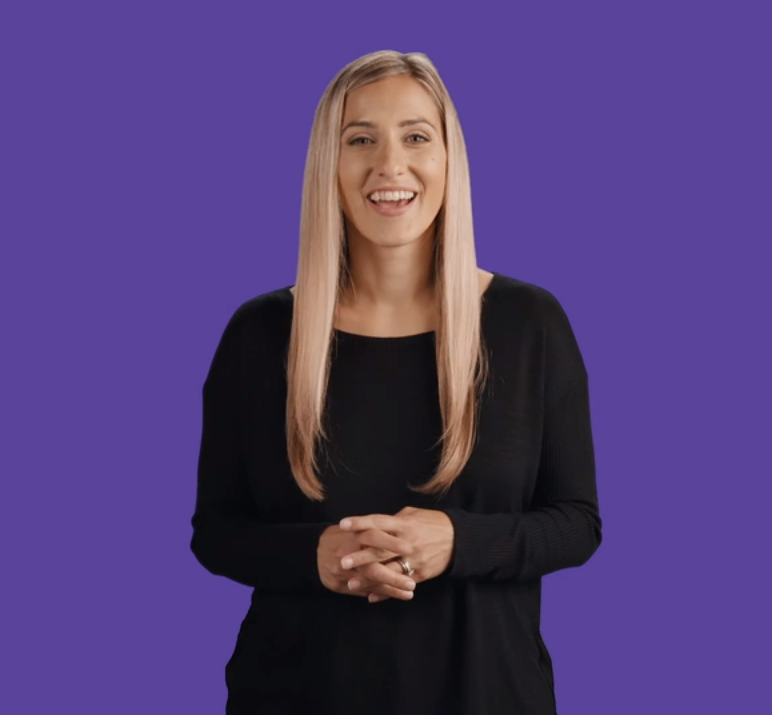What is Phonemic Awareness?
Phonemic awareness is the ability to understand that spoken words are made up of individual sounds called phonemes, and it’s one of the best early predictors for reading success.
Developing phonological and phonemic awareness skills begins with word play. Children develop an awareness of sounds through hearing words that rhyme and isolating sounds in words. Parents can begin to draw a child’s attention to hearing and recognizing words that rhyme with songs and children’s books. We begin rhyme activities with hearing and repeating words that rhyme and then learning to recognize that words rhyme. Rhyme production or generating a rhyming word is a more advanced skill and we would want students to have practice and exposure with repetition and recognition first.
An awareness of words can be developed showing children how two words can blend into a compound word; words like rain - bow, rainbow or pop-corn, popcorn. After working with words, children can blend syllables into words; words like read-ing, reading or fan-tas-tic, fantastic.
After working with syllables, children can blend onset-rime into a spoken word. Children who are four or five are often ready to hear words at this level. An onset is defined as the first sound and the rime is the vowel and all the letters that follow.
Examples of onset-rime are: b-ig, big s-ock, sock m-ost, most
65%
of 4th graders and 66% of 8th graders are reading below a proficient level, according to 2019 NAEP scores.
95%
of elementary students are capable of learning to read when they receive sufficient instruction on foundational reading skills.
99%
of teachers surveyed said Heggerty meets or exceeds their expectations when it comes to having a positive impact on learning outcomes
Preschool and Kindergarten activities
Hearing and recognizing words that rhyme is key to developing an understanding of sounds. Rhyme games are a fun way to practice phonemic awareness.
Hearing Words that Rhyme
Encourage your child to listen for words that rhyme when you say them aloud, such as fun, sun; hat, cat; and fish, wish. See if your child can produce new words that rhyme with the words you say—fan, pan, ran, can, tan.
Nursery Rhymes
Mother Goose rhymes can be fun to recite and sing. You can sing the rhymes, read nursery rhyme books, and use finger plays to act out a rhyme (i.e. The Itsy Bitsy Spider). Ask your child to tell you the rhyming words they hear in the nursery rhyme.
Read Books with Rhyming Words
Many children’s books are filled with rhyming words and reading them aloud can help your child hear and recognize words that rhyme. Books by Dr. Seuss, Is Your Mama a Llama?, Sheep in a Shop, Falling for Rapunzel, Rhyming Dust Bunnies, and Rumble in the Jungle are just a few books that are fun and engaging to read aloud to your child.
Sing Songs with Rhyme
Songs like Down by the Bay, Hey Diddle Diddle, and The Name Game are fun to sing with your child. We know from brain research that rhythm and song can help a child retain a skill or concept, and it is a fun way to engage in wordplay.

Hear the first sound in words
Encourage your child to say words that begin with sounds they know, such as their name, sibling’s names, or pets. Help them identify and isolate the first sound in a word, like the /m/ sound in meet, and see how many more words they can say that begin with that sound.
Letter Names and Sounds
Work with your child to learn the names of letters and the sounds they make through fun activities:
Sing alphabet songs—you can find some fun ones on YouTube!
Look for letters in environmental print (signs, packages, labels, book titles, etc)
Model how to write the letters in your child’s name and encourage them to copy the letters
Play with magnetic letters to build words or match the first sound to pictures
Build letters out of Play-Doh or modeling clay; use cookie cutters for letters and spell words with dough or clay
Make an alphabet book with pictures of things, animals, and people that are familiar to your child. Write the uppercase and lowercase letter on each page and label the pictures
Read alphabet books aloud with your child. Ask them to find letters in the book

